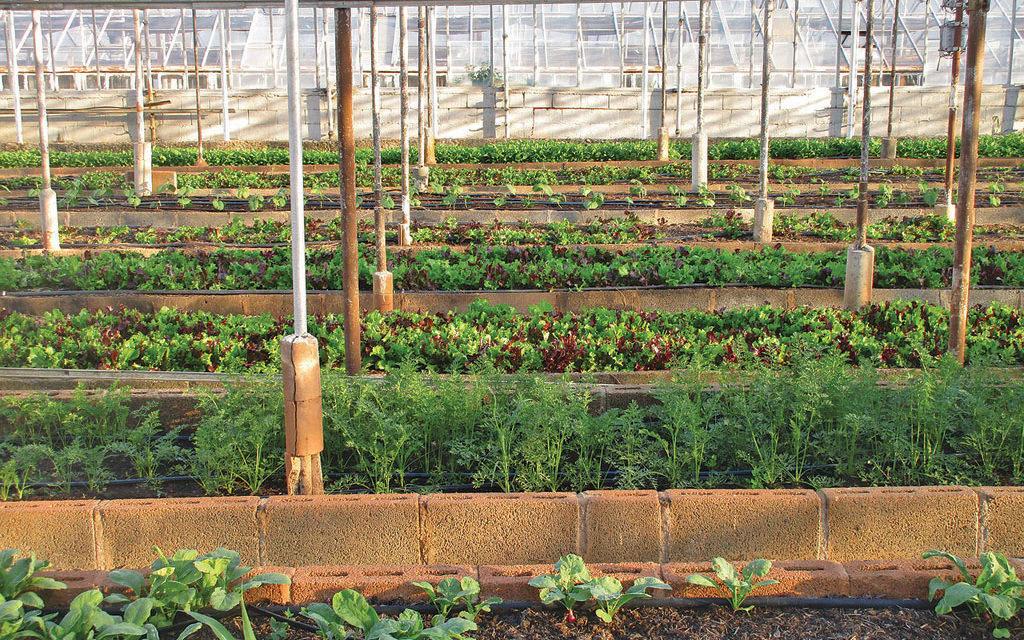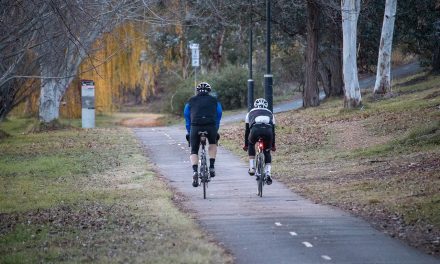WASHINGTON (December 3, 2018) – The Urban Land Institute has released two new reports related to building for health and wellness – one addresses lessons from healthy affordable housing for the broader housing marketplace, and the other explores the development of agrihoods. Taken together, the reports illustrate opportunities for developers to create financially successful projects which improve resident and community health and promote social equity and sustainability.
“Each new real estate project represents an opportunity for developers and other project stakeholders to invest in a community’s overall health and well-being, social equity and cohesion, environmental sustainability, and overall quality of life, while promoting the short- and long-term viability and success of real estate projects,” said ULI Global Chief Executive Officer W. Edward Walter. “These new ULI reports illuminate opportunities to incorporate health-promoting elements which can benefit a project’s bottom line as well as the health and well being of communities.”
Healthy Housing for All: The first report, Healthy Housing for All: How Affordable Housing Is Leading the Way, is a collaboration between ULI’s Building Healthy Places Initiative, the ULI Affordable and Workforce Housing Council, and the Center for Active Design. The report examines innovations and lessons from health-oriented affordable housing projects for the broader housing market place, illuminating how a focus on health can lead to positive outcomes for both developers and residents.
The four key insights from affordable and mixed-income housing projects for health include:
- Lesson 1. Identify and incorporate healthy housing features at the outset
- Lesson 2: Engage residents and stakeholders and conduct research to ensure that projects address their priorities
- Lesson 3: Coordinate design, policy, and programming
- Lesson 4: Establish innovative partnerships, financing strategies, and revenue streams
The report includes profiles from six projects developed by ULI members and others across the nation. These projects have incorporated healthy housing components including active transportation amenities, community events and classes, access to healthy food, and other features. It concludes with a summary of the strong demand for health-promoting housing which is accessible to people of all income levels.
Agrihoods: Cultivating Best Practices: The second ULI report, Agrihoods: Cultivating Best Practices, illustrates strategies for creating successful real estate projects centered around farms and other food production spaces. The report identifies eight best practice areas to aid developers and their partners in planning, creating, and operating agrihoods, defined by ULI as single-family, multifamily or mixed use communities built with a working farm or community garden as a focus.
The best practice areas include land, food, finance, programming, communications, housing and design, people, and partnerships, and the report outlines specific strategies in each area to help projects maximize their health, sustainability, equity and economic potential. These strategies were gleaned from ULI research, interviews with developers and other experts, and from a workshop with key leaders in the field.
The report includes brief profiles from agrihood projects around the country, as well as insights on food distribution, farm skills, programming, and other topics. It offers compelling schematics that illustrate common agrihood features.
“Our members are leaders in the development of healthy places where families can live and thrive,” said ULI Global Chief Executive Officer W. Edward Walter. “The innovative practices showcased in these reports demonstrate the significant impact our members are making on people’s lives and their communities.”
About the Urban Land Institute
The Urban Land Institute is a nonprofit education and research institute supported by its members. Its mission is to provide leadership in the responsible use of land and in creating and sustaining thriving communities worldwide. Established in 1936, the institute has more than 42,000 members worldwide representing all aspects of land use and development disciplines. For more information, please visit uli.org or follow us on Twitter, Facebook, LinkedIn, and Instagram.
About ULI’s Center for Sustainability and Economic Performance and the Building Healthy Places Initiative
The Center for Sustainability and Economic Performance is dedicated to driving more sustainable, environmentally responsible, and profitable outcomes in real estate development and investment, and to helping ULI members create healthy, resilient, and resource-efficient communities around the world. The center advances knowledge and catalyzes adoption of transformative market practices and policies that lead to improved sustainability, health, resource efficiency, and resilience. The ULI Building Healthy Places Initiative, launched in 2013, is one of the Center’s flagship programs, and is focused on leveraging the power of ULI’s global networks to shape projects and places in ways that improve the health of people and communities.
About ULI’s Affordable and Workforce Housing Council
ULI Product Councils are groups of ULI members who meet regularly to share information and best practices. The Affordable and Workforce Housing Council’s mission is to share best practices and innovative solutions from a diverse group passionate about the creation, expansion, and retention of high-quality housing that is affordable for families, seniors, and individuals.
About the Center for Active Design
The Center for Active Design (CfAD) is the leading nonprofit organization using design to foster healthy and engaged communities. CfAD’s mission is to transform design and development practice to support health, ensuring equitable access to vibrant public and private spaces that support optimal quality of life.




